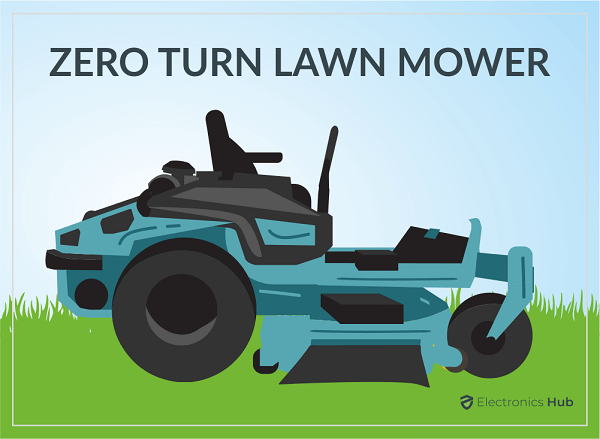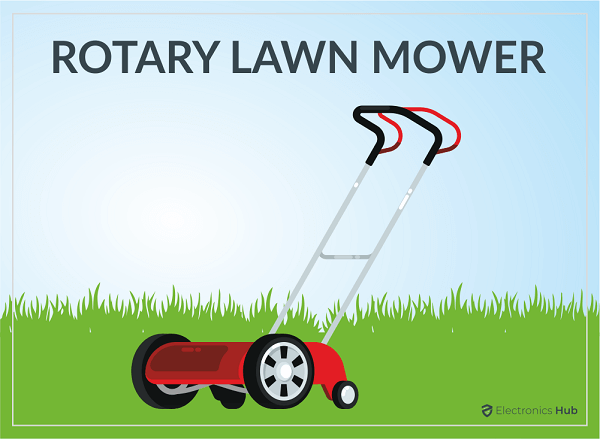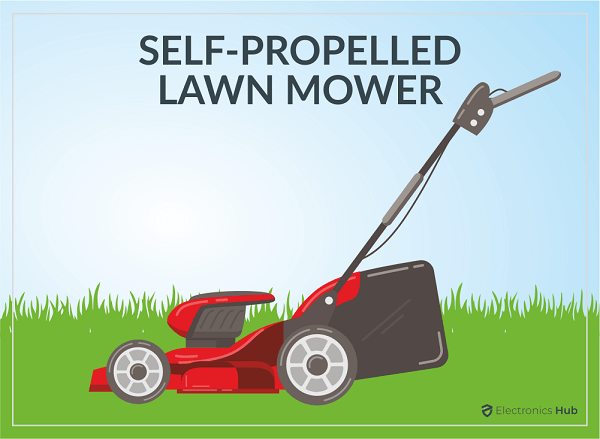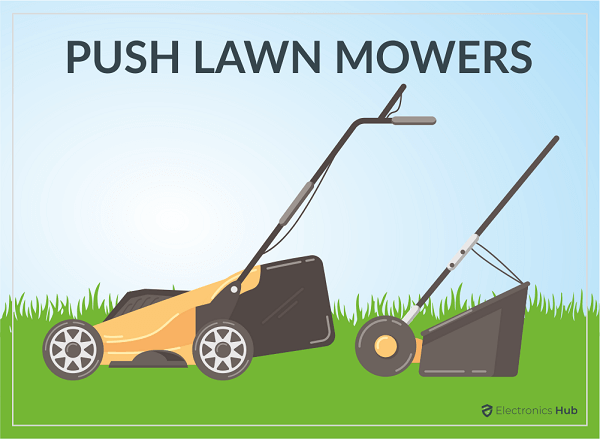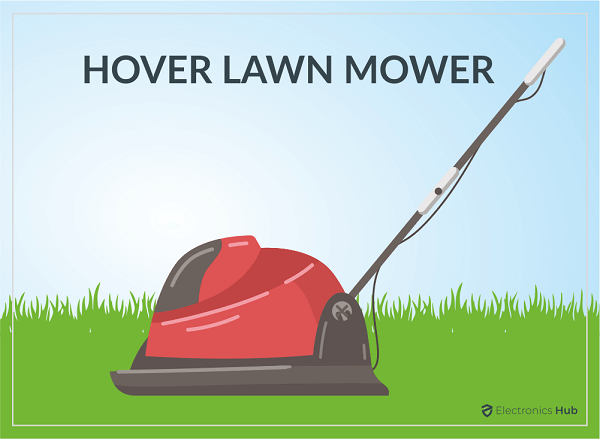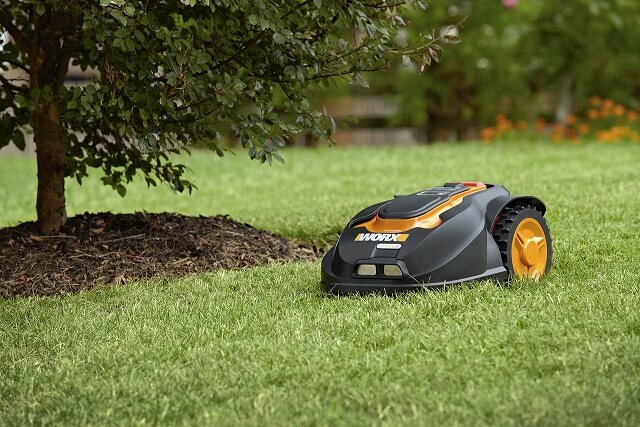Lawn mowers are the perfect equipment to maintain your yards, gardens or landscapes in good condition without straining yourself.
They are available in different types to satisfy a wide range of requirements and budgets.
It is essential to know the difference between these types to make the right investment. If not, you may end up either investing more or having a wrong product that doesn’t satisfy your requirements.
To help you have clear understanding, we have come up with a detail explanation of lawn mower types in this article.
If you are thinking to invest in a lawn mower, then read through the information clearly to make an informed choice.
Outline
ToggleDifferent Types of Lawn Mowers
Since there are several types of lawn mowers, we have categorized them based on its moving style, power type, driver type and others.
1. Ride-On Mower
- Zero turn
- Rear engine
- Lawn tractor
- Articulating
2. Walk Mower
- Cylinder
- Rotary
- Push
- Self-propelled
- Hover
3. Power Type
- Manual
- Electric
- Gas
- Battery
4. Driver Type
- Rear wheel
- Front wheel
- All-wheel
- Others
- Robotic
Detail Review of Each Lawn Mower Type
1. Ride-On Mowers
This lawn mower is perfect for people who have large landscapes to maintain regularly. They make easy job of cutting lawns, significantly reducing the time needed to trim your grass. Mostly, it creates a simpler and enjoyable the experience. When it comes to effectiveness of these mowers are better than walk-along lawn mowers, however they do come with higher expense.
These lawn mowers are further categorized into four types. They are:
These mowers have evolved into premium section of lawn mowing category. The working mechanism of these mowers is quite simple – the lap bars located near the front seat control the two hydrostatic transmissions located at both rear wheels.
They can take sharp turns, pivot, and provide the best cutting performance. They are able to get closer to obstructions compared to others. They are capable of cutting with precision against the edges of landscapes that will produce an improved appearance on the majority of lawns.
Their ability to steer makes a competent mowing experience, particularly for lawns with irregular shape. They are capable of cutting large amount of grass in the shortest amount of time.
Zero-turn mowers come with deck widths typically ranging between 32 and 60 inches. They are estimated to have a horsepower of around 12-25 with engine sizes that range from 452 and 700 cc. The price of these lawn mowers varies based on its model and specifications, with the price ranging from $1000 to $6000.
-
Rear Engine Lawn Mower
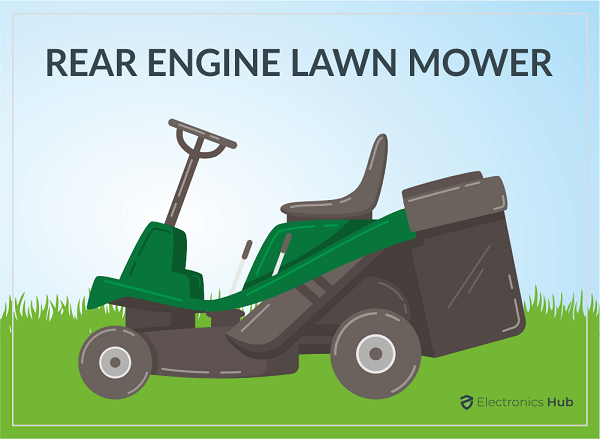
They’re typically operated with the lever that operates the continuous transmission. It comes with single-cylinder engines that range between 344 cc to 38 cc.
The horsepower is measured between 10 and 11. The deck dimensions of these mowers can vary between 30 inches and 33 inches, which makes them ideal for lawns that have fewer than 2.5 an acre in all.
A lawn this large will cause quite a bit of wear on the mower, so a thorough maintenance program is crucial and the riding mower with a rear engine is able to deal with the task.
-
Lawn Tractor
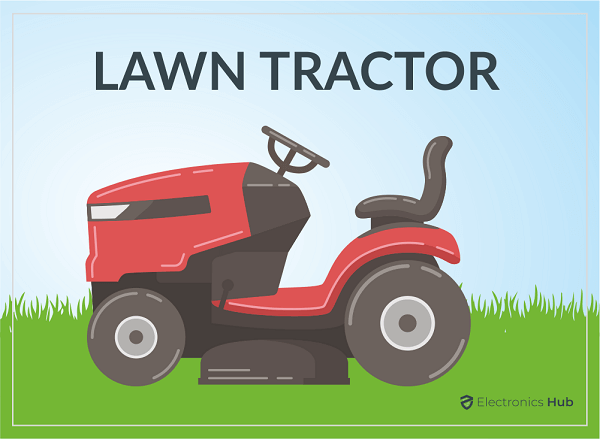
An effective method to figure out the size of lawn mower you require is to split the deck’s width by 12, and the result is the amount of grass it can manage. For instance, a 42-inch deck width would be ideal for lawns up to 4 acres.
In terms of the size of engines, lawn mowers are available between 18 and 25 horsepower starting with only one cylinder, with more expensive models featuring twin cylinders.
The basic lawn mowers will come with gears operated by levers, whereas higher-end models can have a continuously variable transmission. This is a pulley-driven automated transmission controlled with a shift-on-the go hand lever.
They’re excellent all-rounders to manage large lawns however, their biggest disadvantage is their restricted manoeuvrability.
If you’re looking to exceed your budgetary limits it is possible to purchase one that has a pedal-driven hydrostatic transmission. Lawn tractors typically prices ranging from $1000 to $3000, which makes them affordable when compared to other varieties of riding mowers.
-
Articulating Lawn Mowers
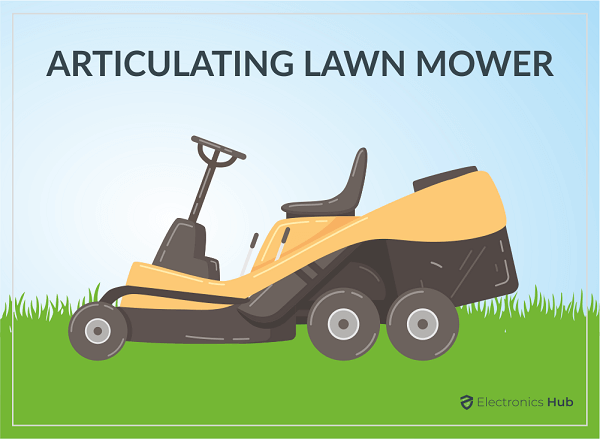
Behind the riding position is the engine which allows you to easily reduce edges and climb into corners and under other obstacles.
They are generally longer mowers to provide the rider with this view point. It has all the advantages of a zero-turn mower with regards to precision (but not with zero-turn capability). It’s a simpler control than the other lawn mowers with similar functions.
With the cutting deck that is mounted on the front and the articulated steering, it’s tough to find areas that the Husqvarna Rider won’t be able to reach.
The combination of comfort, control and performance will not just simplify your work but also make you feel more comfortable during the journey.
2. Walk with Mowers
The walk-along lawn mower is one of the mowers that require driving, however they are operated by the person who is who is walking behind them.
Because of the work these mowers demand they should be reserved for lawns of not more than half of an acre and for owners who aren’t averse to the effort involved.
Walk-along mowers are versatile and have more options than ride-on mowers. They also come with features and qualities to suit any budget.
-
Cylinder Mowers
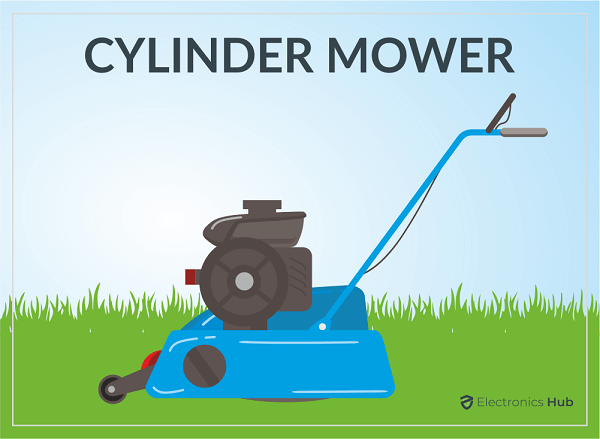
The blades entrap grass between them and cut them up like how cutting tools work. They are suitable for flat lawns. They can make the terrain difficult to manoeuvre.
Cylinder mowers offer clean cuts, and specialize in creating distinct stripes. They’re the most efficient when you use soft grasses that are short and soft.
This means it isn’t a good idea to let your grass get too long because your mower isn’t able to cope with it. Therefore, you will need to trim your lawn regularly (at minimum, every other week or once).
In addition to their flaws These mowers are often high maintenance and require regular servicing and are not as adjustable than other mowers. It can be difficult to locate replacement parts because of their rarity. But their cost and effectiveness cannot be questioned.
Most likely to be the most well-known walk-along mowers. They come with single blades that turn horizontally at high speeds, similar to how blenders function.
Rotary mowers are ideal for lawns that have medium or long grass. It’s fine to go two weeks without mow. These are various kinds of lawn mowers, which appeal to those who do not need to worry about gas and engines, and all the other demands.
They aren’t as precise as bowers on cylinders which results in less precise or uneven cutting. But this inaccuracy and unevenness is only evident to the experienced eye, in particular in the typical uneven lawn, with its bumps and slopes.
This type of lawn mowers moves forward by a motor which means that, unlike the push mower it doesn’t require pushing it, but instead steer it. Self-propelled lawn mowers are usually easy to operate and can allow quick mowing of the lawn, no matter how small or large.
The primary reason to buy them is that they do not require any the use of a person to push them forward, as well as being more consistent and steadier in their speed. But they require regular maintenance and come with the price.
Push mowers require that you manually push them from behind. There’s no other method to get the wheels moving.
These lawn mowers are extremely well-loved however, helped by their low cost and light and easy-to-use design that allows for easy maneuverability to move around obstacles and corners, or even reverse.
Naturally, these mowers demand physical effort, so invest in them only if are a fan of your morning exercise or don’t have any health concerns. They’re also ideal for lawns that are small and level. You do not want to push them down the hill or force them up an uphill.
In addition, since the mowers don’t emit emissions and operate using manually-generated power, they’re incredibly green; they’re non-noise-pollution, unlike motorized lawnmowers.
Hover mowers hover above ground because of the air cushion that helps keep them suspended. They are extremely easy to steer around due to the decreased interaction with ground, and the resultant lower friction.
They can be easily moved all directions, sideways as well, making them ideal for large, unevenly-shaped lawns. These are the most unique models that are lawn mowers.
Hover mowers, aside from being easy to handle and maintain, are also very affordable. But since they are typically powered by electricity they do not have the power that other mowers have and are therefore not suitable for large lawns.
3. Power Type
The kind of source of power that is most suitable for your lawn mower will be determined by how big your yard is, the power, and other requirements. The choices available in terms of lawnmowers power sources include:
-
Manual Lawn Mower
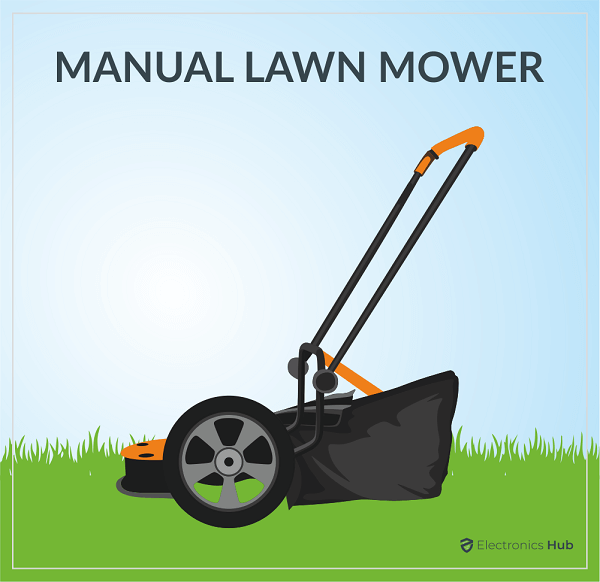
Users are the sole source of motion using their muscles unlike the other options. the energy is provided through the engine while the user provides only directional direction. They are quietest and most eco-friendly, and most affordable.
They’re also among the most difficult to operate, and require an adequate strength and endurance to run. They’re ideal for smaller lawns.
-
Electric Powered Lawn Mower
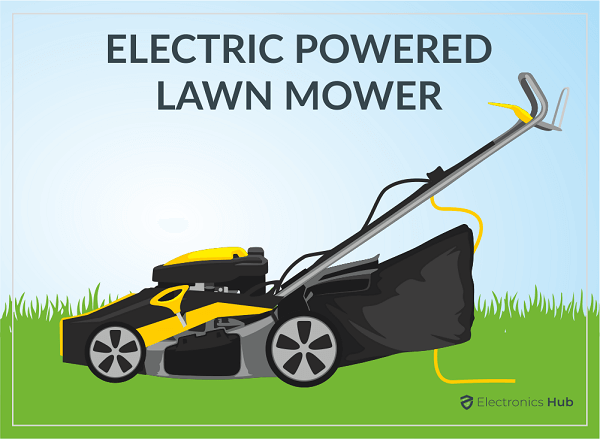
Electric mowers are generally light, simple to operate and easily maneuverable. Also, they are compact compared to gas-powered mowers which makes them easy to store.
They’re also very economical. The only disadvantage is that they’re tied to a wire so the amount of freedom you can move is limited by the length of the wire.
-
Battery Powered
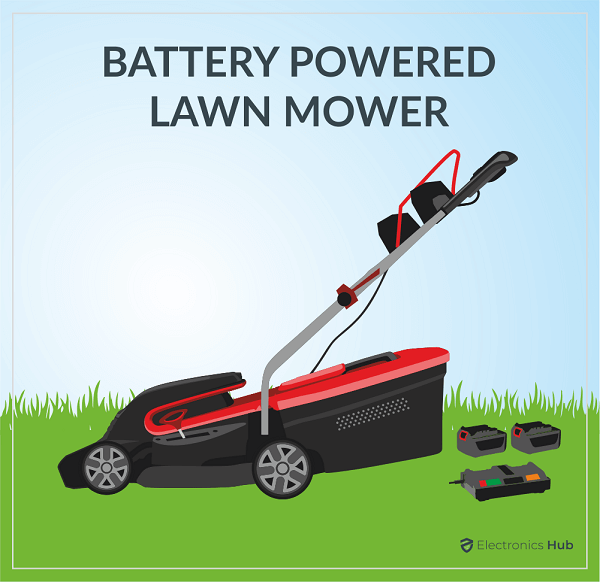
However, they are expensive, ranging from $500 for an excellent model. Another issue is the limited time of operation, usually lasting one hour before needing to be charged.
It is also important to keep a watch for the batteries and change them whenever it is needed (generally every couple of years).
-
Gas Powered
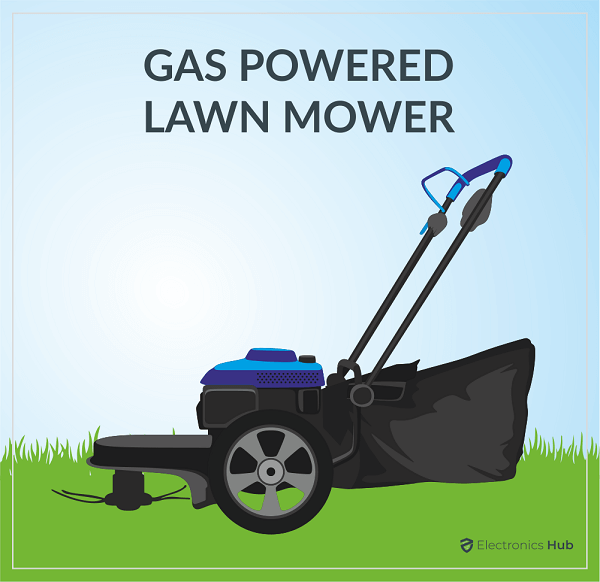
They’re in a position to cut through long or thick grass. They are also simple to maneuver, even though they are massive and heavy.
However, these machines are very polluting and require regular maintenance and service. They’re also polluting and one of the priciest walk-mowers available, with prices ranging between $200-$800.
4. Driver Type
The driving system of your mower is a significant factor which can affect the performance dependent on the terrain you are in. We have mentioned them clearly below for your reference.
-
Rear Wheel
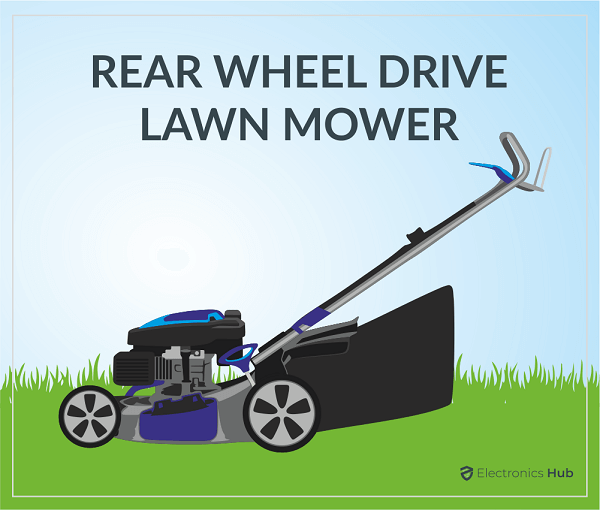
-
Front wheel
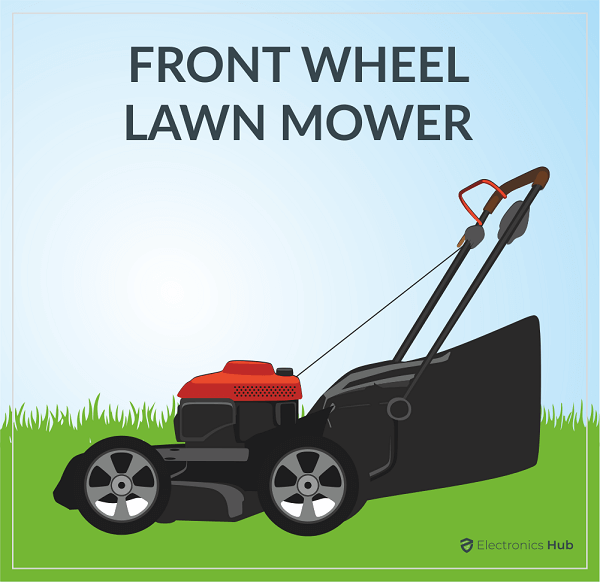
-
All wheel
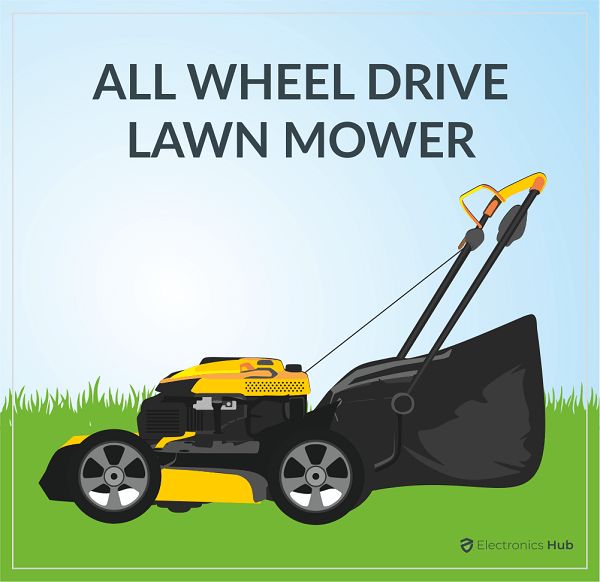
5. Other Options
Similar to the one mentioned above, but they don’t require you to drive to use them. Similar to Roomba vacuum cleaners that recognize the form of your flooring and effectively vacuum it, these machines do similar things with lawns.
It is necessary to establish an area for them to walk around Sometimes, it’s simply a wire, or train them using GPS coordinates. Beyond that, they’ll run around the yard by themselves and can tell if they’ve cut lawns in this region in the first place, then then continue moving until they’ve completed.
These lawn mowers are yet another useless invention so far. They have some way to go before it’s worth the effort.
-
Rough-Cut Mowers
They can be thought of as industrial lawn mowers. They have very strong powerful blades that reduce brush, as well as small trees. They’re designed to let you continue to move with no anxiety about what’s going on in front of you.
These are called rough-cut mowers since they’re not made to make beautiful clean lawns. They’re designed to get lots of work done quickly.
-
Flail Lawn Mowers
Flail mowers are made to cut brush that does not have a lot of branches or trunks. They can be attached to the rear of a tractor although there are walk-behind alternatives too.
One reason why they’re referred to as “flail” mowers, is that they don’t throw objects which they aren’t able to cut. They simply bounce off them and continue to move. This is why it’s safe to cut through thick brush you cannot be able to see through.
-
Bush hog
Bush hogs, also known as a brush hog is a rotary mower usually driven behind a tractor due to their weight due to their large size. They are engineered to cut through even the densest branches and trunks made of heavy brush.
Small saplings, trees broken branches on the ground grass, brush and… Nothing can stand up to the strength of these. Their length helps you get big jobs accomplished much faster as you will require less runs across the field.

